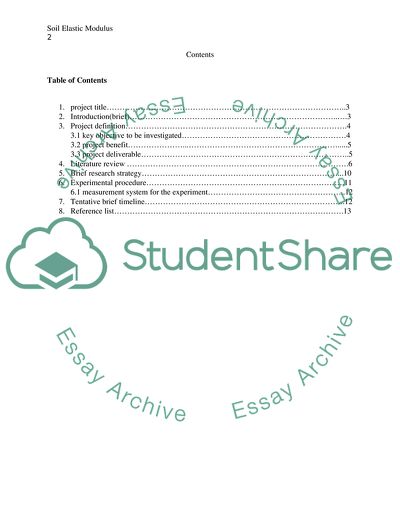Cite this document
(Soil Elastic Modulus Measurement Using Triaxial Test Coursework Example | Topics and Well Written Essays - 2000 words, n.d.)
Soil Elastic Modulus Measurement Using Triaxial Test Coursework Example | Topics and Well Written Essays - 2000 words. https://studentshare.org/engineering-and-construction/1873402-proposalsoil-elastic-modulus-measurement-using-triaxial-test
Soil Elastic Modulus Measurement Using Triaxial Test Coursework Example | Topics and Well Written Essays - 2000 words. https://studentshare.org/engineering-and-construction/1873402-proposalsoil-elastic-modulus-measurement-using-triaxial-test
(Soil Elastic Modulus Measurement Using Triaxial Test Coursework Example | Topics and Well Written Essays - 2000 Words)
Soil Elastic Modulus Measurement Using Triaxial Test Coursework Example | Topics and Well Written Essays - 2000 Words. https://studentshare.org/engineering-and-construction/1873402-proposalsoil-elastic-modulus-measurement-using-triaxial-test.
Soil Elastic Modulus Measurement Using Triaxial Test Coursework Example | Topics and Well Written Essays - 2000 Words. https://studentshare.org/engineering-and-construction/1873402-proposalsoil-elastic-modulus-measurement-using-triaxial-test.
“Soil Elastic Modulus Measurement Using Triaxial Test Coursework Example | Topics and Well Written Essays - 2000 Words”. https://studentshare.org/engineering-and-construction/1873402-proposalsoil-elastic-modulus-measurement-using-triaxial-test.


